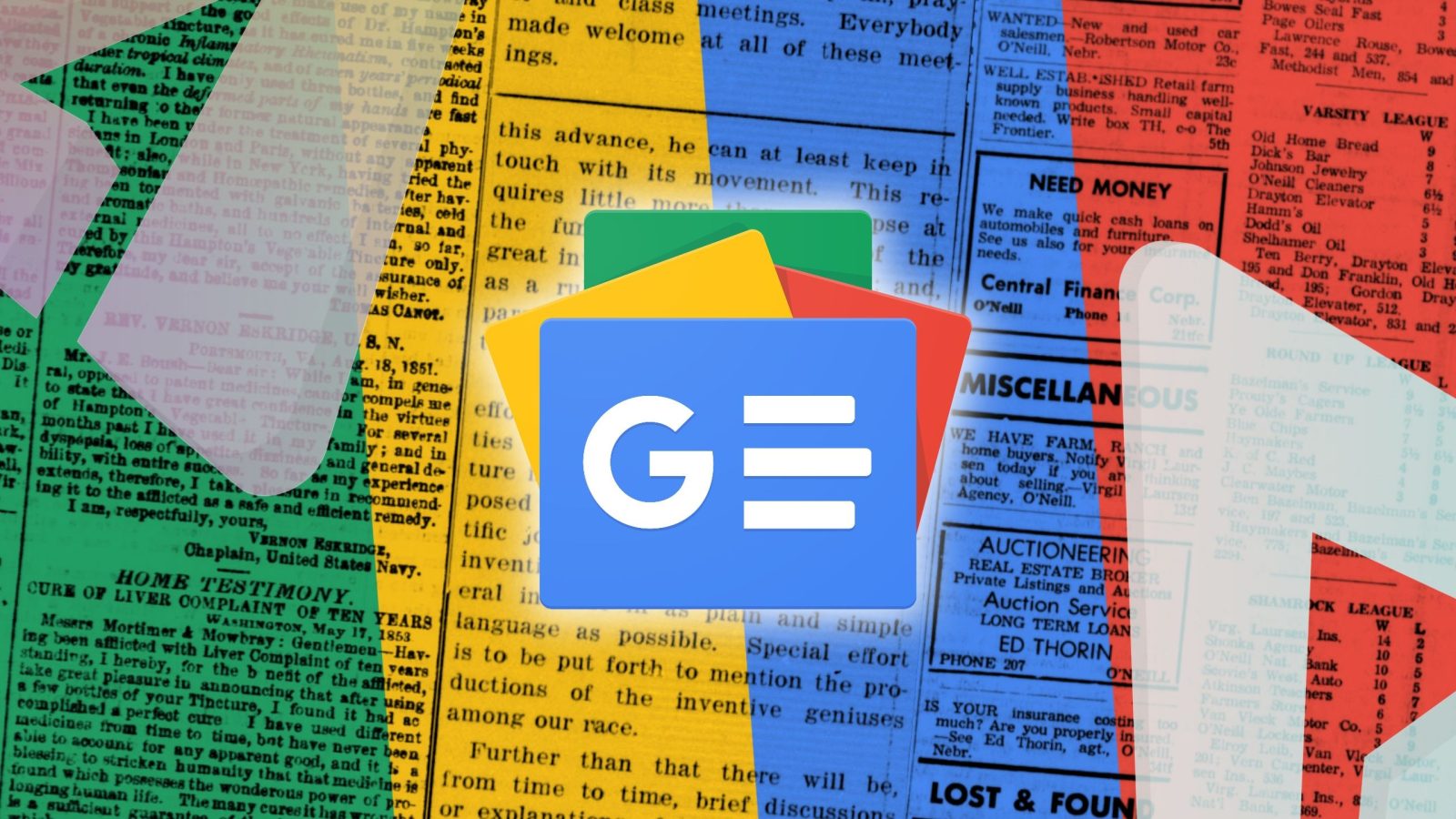7 Ways AI Is Transforming Your Google News Feed Experience

Contents
When you open the Google News app or scroll through the For You tab, you see a curated stream of headlines that mostly align with your interests. There’s that niche tech story you care about, a local news snippet that feels relevant, and an update from your favorite sports team. From breaking headlines that match your interests to long reads you didn’t know you wanted, AI is working behind the scenes to shape your news experience. It sorts, ranks, filters, and personalizes what you see.
Whether you use the Google News app on your phone or scroll through the Top stories in your browser, complex machine learning algorithms tailor the content delivered to you. Here’s how artificial intelligence is increasingly transforming your Google News feed and changing how you consume information.

Related
7 Machine learning is redefining what “newsworthy” means
AI curates stories based on your reading behavior

Google News personalizes your feed by tracking what you read online and recording your preferred outlets. If you tend to click on long-form explainers about electric vehicles but scroll past short celebrity updates, the system learns to prioritize similar in-depth pieces. Similarly, if you frequently tap into gadget reviews or Android leaks, your feed gradually leans toward tech-heavy content, even from sources you’ve never explicitly followed.
This kind of behavioral learning isn’t dependent on clicks alone. Google’s AI also considers how long you stay on an article, whether you share it, and if you return to similar topics later. Over time, it builds a nuanced profile that informs what appears in your For You feed.
AI also compares how a story is covered across outlets and prioritizes reliable and frequently updated sources. In practice, you’re more likely to see stories from well-established publications. Local or niche sources can rise to the top if their reporting aligns with your interests and passes Google’s quality thresholds.
6 Large language models try to understand what you really care about
A smarter Google News feed

Until recently, news algorithms relied on keyword matching and topic tagging. Modern AI systems are far more contextual since they are powered by large language models (LLMs). Instead of simply matching words like “Pixel” or “election,” these models understand why a story might be important to you.
If you’re interested in privacy-focused technology, you might read articles about encrypted messaging apps, browser tracking, or AI surveillance. Even if the word “privacy” doesn’t appear in the headline, Google’s AI can infer the theme across various stories using natural language processing. It results in a smarter feed that goes beyond superficial tags.
LLMs also help in grouping related stories. That’s why your feed often shows multiple takes on a breaking news topic. They include fact checks, local angles, and opinion pieces in a neat cluster.
5 Your interests determine your Google News feed
No follow button needed

Google News offers some user customization, like the ability to follow topics, locations, or publications. But even if you never use those features, the feed adapts to you. That’s because Google watches your search history, clicks, app usage, and YouTube habits. It also monitors how long you spend reading stories. Google draws from your activity across other Google services to influence what shows up in your feed.
For example, if you frequently search for new games or watch related commentary videos on YouTube, Google’s AI will begin highlighting video game coverage in your news feed. Similarly, if you’ve been reading a lot of tech updates or celebrity gossip, expect those themes to pop up more often.
4 Location-based personalization is becoming more precise
Better context for local news

Source: Unsplash
One of Google News’ most underappreciated strengths is its local coverage. For example, a foodie in San Francisco might see local restaurant openings or health department alerts. Since Google Maps and Search are also part of the Google ecosystem, the AI cross-references your behavior across platforms. That means checking traffic on Maps or browsing local reviews can influence your News feed.
AI models determine what matters based on what people in your area are reading and engaging with. For instance, a fire in a neighboring district may get higher visibility than a routine city council meeting.

Related
11 AI tools I can’t believe are free
These AI tools cost nothing, which is exactly how much I want to spend
3 AI is identifying patterns faster
Get a clearer view of events
One of AI’s biggest strengths is its speed and scale. It can analyze millions of data points per second. It allows Google News to identify trending topics and misinformation risks faster than traditional media pipelines. Natural language processing (NLP) helps understand the tone and context of news articles. Google’s AI can detect whether a piece is an opinion, a fact-based report, a press release, or a developing story. It can also group related stories to provide a complete overview of major events.
2 AI moderation helps tackle misinformation
But there are some challenges

Source: Unsplash
One of the biggest concerns in digital news is misinformation. Google uses AI to flag, demote, or block content that violates its quality guidelines or spreads fake news. It includes sensational headlines, unverified claims, and deepfakes.
The AI scans content for indicators like repetition of known falsehoods, unusual publishing patterns, and signals from fact-checking organizations. However, this system isn’t perfect, and AI moderation can get too aggressive. Sometimes, genuine content gets caught in the filter.
1 Your Google News feed evolves in real time
You’re training the algorithm with every click

One of the more subtle ways AI is evolving in Google News is through user feedback. You’re directly training the algorithm when you tap More stories like this or Fewer from this source. Google’s models interpret your behavior even when you don’t respond. For example, it checks if you skip stories from a specific outlet or click when a particular author is featured.
Your feed updates dynamically based on your behavior. If you start reading about an ongoing trial, you might see courtroom updates, background pieces, and expert analysis populate your feed within hours. The topic will slowly fade out if you stop engaging.
It also means that the more Google knows about you, the more accurate and compelling your News feed becomes. While this can create an eerily personalized experience, it’s also a reminder of how much data you share with Google, often without realizing it.

Related
Google News is getting more personalized
Google News is a responsive, AI-driven platform that learns what you care about and curates stories accordingly. For users who want relevance without spending hours hunting for stories, the AI-led personalization of Google News helps cut through the noise.
While a tailored feed makes staying informed more efficient, you risk getting stuck in a filter bubble where you only see stories that reinforce your worldview. Google tries to mitigate this by promoting diverse perspectives in its Full coverage feature and highlighting alternative viewpoints. You can also view a broader coverage of stories by adjusting the app settings and exploring different sources.
What’s your reaction?
Love0
Sad0
Happy0
Sleepy0
Angry0
Dead0
Wink0










Leave a Reply
View Comments